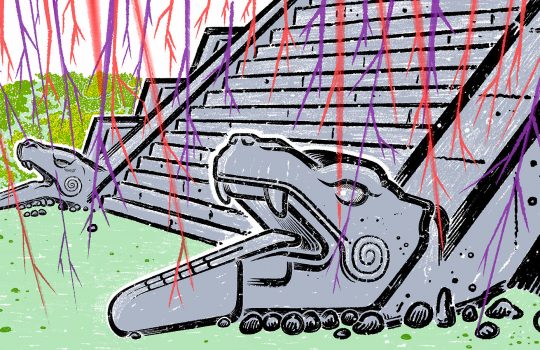Argonaut project launches design effort for super-cold robotics
Fermilab scientists are developing one of the most cold-tolerant robots ever made so they can monitor the interiors of particle detectors. The project has already garnered some interest from engineers at other research institutions, including NASA.










